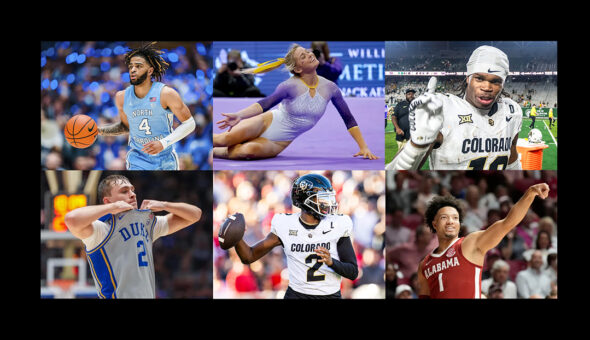University B, a very established and well-known institution, did not make it easy. I had to search for where the program I was looking for resides on their vast website and then search again to get the pertinent information I was looking for: “How will this help my career?” There was plenty of information about how elite and awesome their faculty are, but never a sense of how the students fare after they leave the program. Nevertheless, I submitted my information to them as well. So, the competition for who can convince me that their program is best for me was afoot!
Customers want their experience to be easy. Somewhere along the line, University B forgot this important paradigm of business.
Within minutes, UA started feeding me information that answered seemingly obvious preliminary questions like, “What are you teaching?”, “How will it help me?” and “How are other students doing after the program?” The entire time, an underlying message of “easy” permeated, and I got the sense that it was all about me, the student. I started to fear that I had opened a Pandora’s box of marketing and would soon be bombarded by emails, calls, or chat requests from someone clearly at a call center; but, that didn’t happen. Every few days, I would get an email gently reminding me they were ready to answer my questions, or get right to the application.
I think I am still waiting for UB to contact me. Not a single follow-up email, phone call, or mailing was received. I wasn’t sure that I put in the right info, so I did it again. This confirmed what I already suspected to be true: I had entered an information black hole in which mine went in and nothing came out. If I wanted to get information, I had to glean it from the website or go on a hunt akin to becoming a Raider of the Lost Ark. Nothing was easy — but hey — isn’t that how education is supposed to be? “We are University B…deal with it “, should be the motto; it is clearly their attitude.
When it came time to apply, University A had few barriers to entry. I was able to apply for previous credit from another university, get credit for the extensive career I have had in the industry, and was not required to take a standardized test. My previous degree and experience showed them I was interested and would finish what I started. Their process showed me that mundane tests asking me questions from sophomore year of high school are not as important to them. I could take classes at the new remote campus just minutes from my house or online. Everything was easy.
University B was the opposite. Once I could actually get a hold of someone, I got only the standard answers, “No, No, Nah and Nope.” These were justified with talk about “policies” and “committees” and everything else that was irrelevant to me. I was jumping through hoops and the overwhelming feelings I got from the experience were: a) This is not worth the effort and b) They must not really want me. Both of which made my decision easy and clear: Please, take my money University A!
The Lesson: Less Friction, More Friendliness
Customers want their experience to be easy. Somewhere along the line, University B forgot this important paradigm of business. Traditionally, they think “the harder I make this, the more it shows we are elite.” That is not true and they are underestimating the tribulations of the adult learner.
“Bringing education to them” isn’t just about remote campuses and online learning; it’s about making them feel wanted and welcome through the decision process — then carrying that through to the education delivery.
Education, in itself, is a difficult process — taking the time to exercise your brain, apply lessons, and better yourself is hard. It was difficult enough between the ages of 18-21 when that was the sole focus of our lives and we had endless youthful energy to devote to it. It’s exponentially harder to mix that in with competing priorities as an adult: family, work, health, etc. Universities don’t need to make the entry into that process hard as a way of “weeding out” failure. Students who don’t succeed in the classroom have their own adult conscience to deal with compounded by the financial burden of investing in a failure.
Successful universities of the future will recognize that and be more like University A in this case. “Bringing education to them” isn’t just about remote campuses and online learning; it’s about making them feel wanted and welcome through the decision process — then carrying that through to the education delivery. Let them know the only decision that matters is whether they choose your institution to devote their time, money, and hard effort. Build a marketing, admissions, and delivery plan that embodies this and the greatest ranking you will achieve is a successful student and alumni base that tell others, “Go there. They get it, and it will be easier and better for you.”








